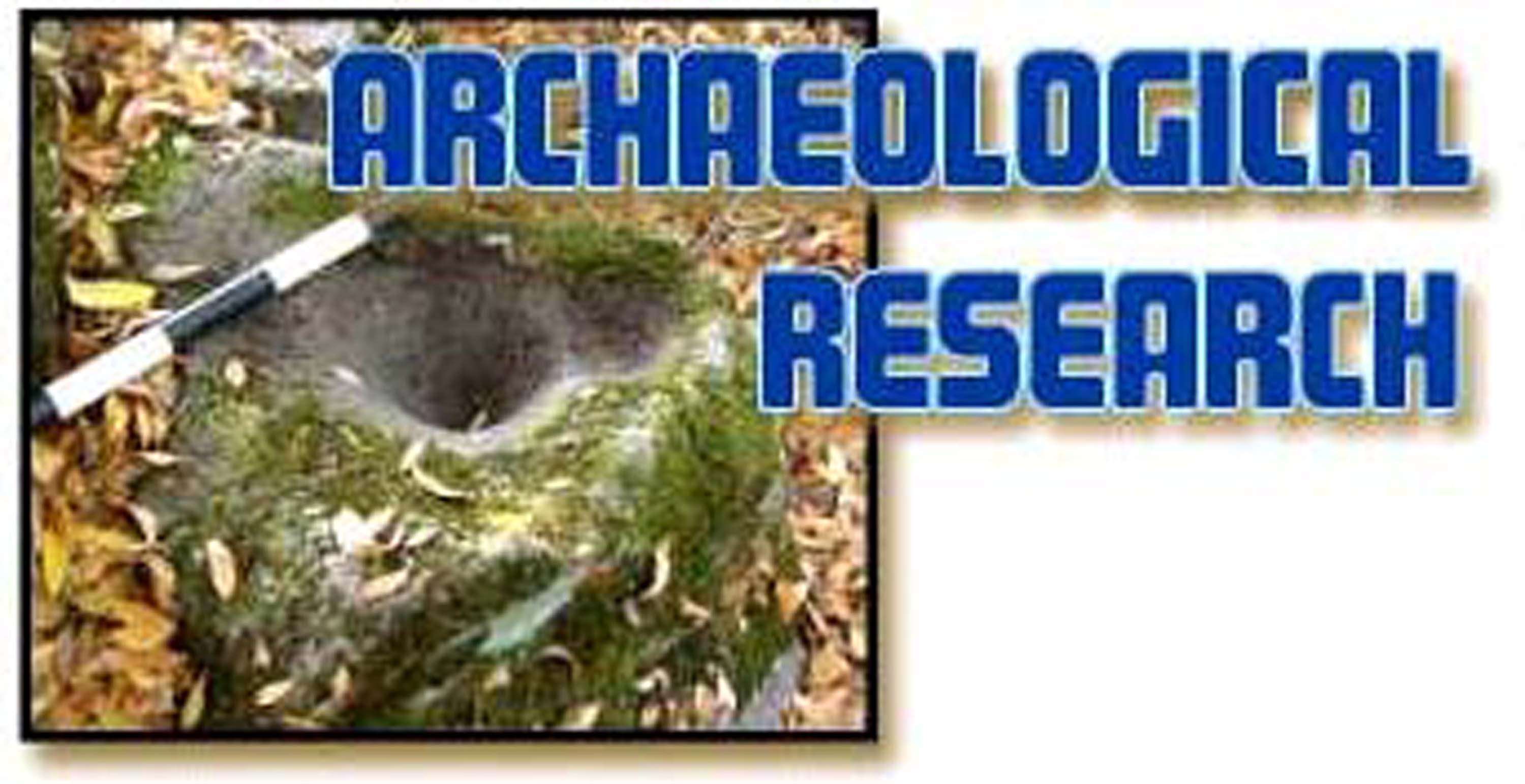EPA DAMAGE DURING
ARCHAEOLOGY MONITORING (pg 2)





Area 8: Lot 28 Water Truck Road Grading
On 9-22-06, grading to remove a layer of mine waste from the water truck road on Lot 28 was conducted. In anticipation of this work, a data recovery unit was excavated through the mine waste and into the cultural deposit to a depth of 40cm. To learn more about what was recovered, go to the “Projects” menu item and select “Elem Archaeology”. Under the “Elem Archaeology” menu item is a drop-down list with a button called “Elem JK Unit”. The size and depth of the data recovery unit was based on core samples of soil from various locations along the road. These samples indicated a fairly shallow depth for the mine waste. It was therefore determined that removing the waste would require relatively shallow grading. The 1 x 2 meter archaeological unit was excavated to a depth of 40cm and recovered ~0.8 cubic meter of cultural soil. Sidewall profiles of the unit indicated mine waste to a depth of 5 to 15cm.
Mechanical grading was then done to remove the mine waste. However, once the mine waste was removed, grading continued, removing an additional 20 to 30cm depth of cultural soil.
This took place over an area 48 meters long and 3 meters wide destroying ~43.2 cubic meters of cultural soil. Although data recovery is a way of mitigating damage to archaeological resources as part of the Section 106 process, it is usually required that a “statistically valid” sample be recovered from the area of impact.
The 0.8 cubic meter data recovery sample effectively mitigated damage to 13.8 cubic meters of cultural site soil. However the EPA’s extensive grading into intact archaeological soils caused 43.2 cubic meters of damage. This means that 29.4 cubic meters of damage occurred to this part of the site without any mitigation (violation of protocol items #5 and #7).
On 9-26-06, excavation of the storm drain trench damaged intact portions of data recovery program designed to recover a statistically valid sample of the area to be disturbed. This mitigation included the excavation of 7 data recovery units within the trench alignments. Project surveyors provided actual storm drain trenching was conducted, the trench was not on the same alignment provided for the archaeological work, thereby destroying a portion of the site that had not been mitigated (violation of protocol items #5 and #7).
Unknown volume of cultural soil damaged.
Area 10: Lot 26 Soft Spot Grading (no photos obtained)
On 10-2-06, a Tribal monitor called to report that excavation was taking place within undisturbed cultural soils in front of Lot 26. This work was apparently done to remove a ?soft spot? that had occurred due to over-watering by the water trucks. Based on reports from John Holson and Sandy Thomas, the hole was 5 meters by 6 meters and 1 meter deep (violation of protocol items #5 and #7). Ms. Thomas said that the soils removed contained historic glass, metal and clamshell.
Approximately 30 cubic meters of cultural soil was destroyed with no mitigation.
Area 11: Lot 23 Water Line Trenching
On 10-4-06, excavation for a water line connection was conducted within cultural site soil without the benefit of an archaeological monitor (violation of protocol items #1, #5 and #7). ?Bones were encountered.
Unknown volume of cultural soil damaged.
Unmitigated Cultural Resource Damage Between August 22nd and October 4th, 2006
Based on the above listed violations of the excavation protocol, a minimum of 913 cubic meters of cultural soil was destroyed with no mitigation during the Phase 1B portion of the cleanup project.
